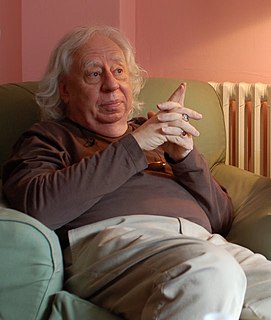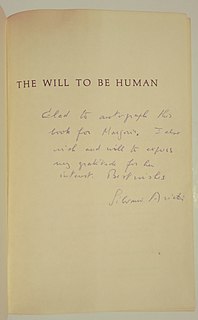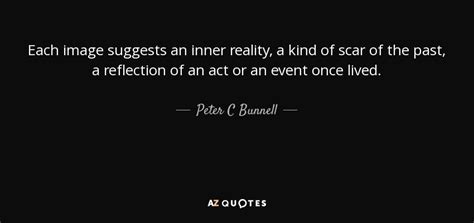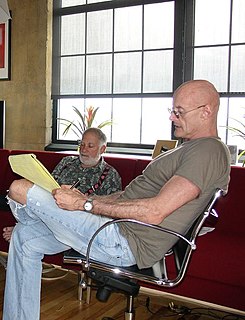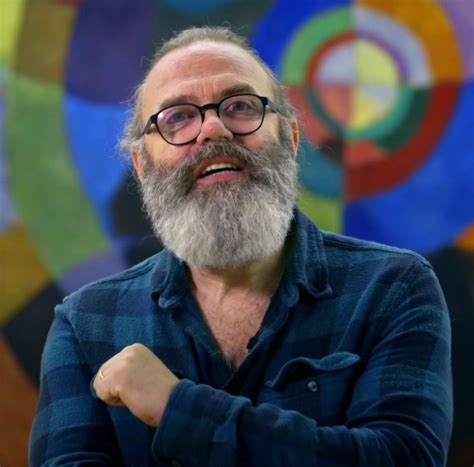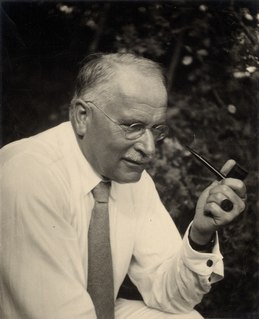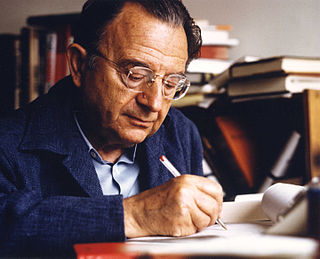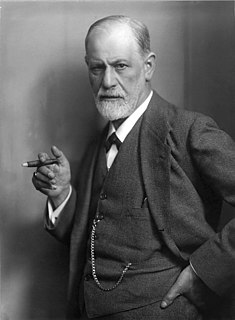A Quote by Jerome Bruner
There is a deep question whether the possible meanings that emerge from an effort to explain the experience of art may not mask the real meanings of a work of art.
Related Quotes
Because of their origin and purpose, the meanings of art are of a different order from the operational meanings of science and technics: they relate, not to external means and consequences, but to internal transformations, and unless it produce these internal transformations the work of art is either perfunctory or dead.
The person who appreciates a great work of art has the feeling that the work grows in him as he becomes involved in a prolonged capturing of emerging marginal meanings. He feels that he, too, is creative, that he himself is adding to his experience and understanding. Moreover, he wants to confront the work of art many times. He is not easily tired of it, as he would be had he read a purely logical statement. He realizes that the work of art does not merely transmit information; it produces pleasure.
Art. Its definitions are legion, its meanings multitudinous, its importance often debated. But amid the many contradictory definitions of art, one has always stood the test of time, from the Upanishads in the East, to Michelangelo in the West: art is the perception and depiction of the sublime, the transcendent, the beautiful, the spiritual.
Fashion museums think the more you know about the significance of clothes culturally, the more interesting they are. We certainly don't neglect the aesthetic aspects of clothes. But, I feel that what sets us apart from social, economic, and even aesthetic, or art historical context is that we are not only talking about clothes as kind of art objects created by an artist designer, but also we're talking about the various meanings that clothes have in the world, and how that changes and how we kind of create meanings around clothes.
Infancy is the realm conveyed to us in dreams which look backward to the past. Adolescence, more like a work of art, is a prospective symbol of personal synthesis and of the future of humankind. Like a work of art that sets us on the pathway to new discoveries, adolescence promotes new meanings by mobilizing energies that were initially invested in the past.
In most modern instances, interpretation amounts to the philistine refusal to leave the work of art alone. Real art has the capacity to make us nervous. By reducing the work of art to its content and then interpreting that, one tames the work of art. Interpretation makes art manageable, conformable.

